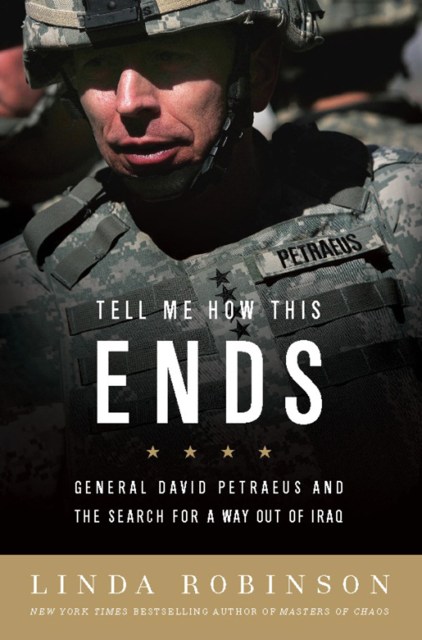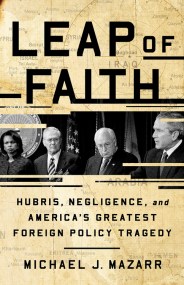Promotion
Use code MOM24 for 20% off site wide + free shipping over $45
Tell Me How This Ends
General David Petraeus and the Search for a Way Out of Iraq
Contributors
Formats and Prices
Price
$11.99Price
$15.99 CADFormat
Format:
- ebook $11.99 $15.99 CAD
- Trade Paperback $24.99 $31.99 CAD
This item is a preorder. Your payment method will be charged immediately, and the product is expected to ship on or around September 2, 2008. This date is subject to change due to shipping delays beyond our control.
Also available from:
Linda Robinson conducted extensive interviews with Petraeus and his subordinate commanders and spent weeks with key U.S. and Iraqi divisions. The result is the only book that ties together military operations in Iraq and the internecine political drama that is at the heart of the civil war.
Replete with dramatic battles, behind-doors confrontations, and astute analysis, the book tells the full story of the Iraq War’s endgame, and lays out the options that will be facing the next president when he or she takes office in January 2009.
Genre:
- On Sale
- Sep 2, 2008
- Page Count
- 352 pages
- Publisher
- PublicAffairs
- ISBN-13
- 9780786726097
Newsletter Signup
By clicking ‘Sign Up,’ I acknowledge that I have read and agree to Hachette Book Group’s Privacy Policy and Terms of Use







